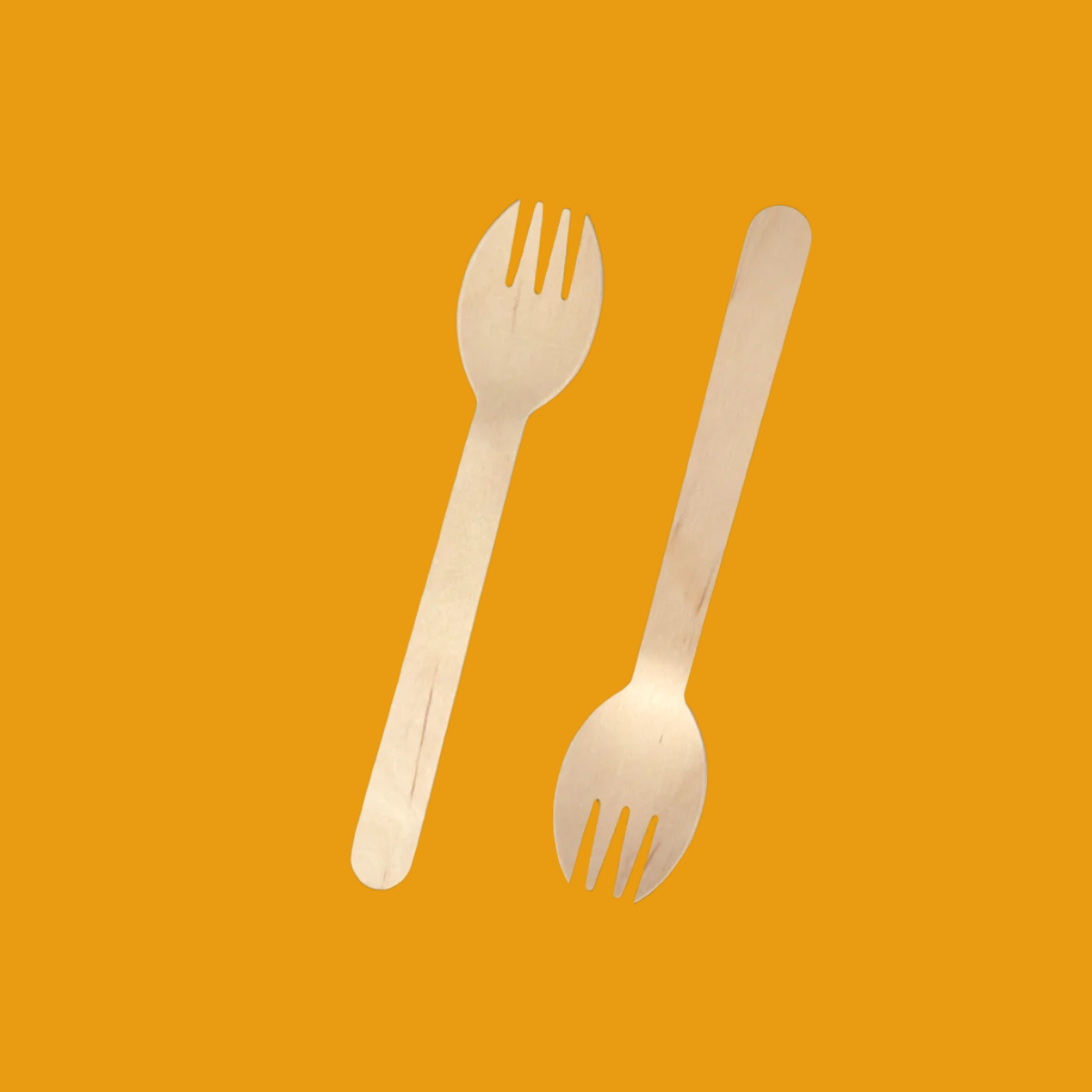Coffee lovers know that the secret to a perfect brew lies in the details. Among these, grind size stands out as a critical factor influencing the quality and taste of your cup. Whether you're a beginner or an experienced brewer, mastering grind size is essential for unlocking the full potential of your coffee beans.
In this article, we’ll explore everything you need to know about coffee grinds, from the basics to selecting the right size for your brewing method.
What Is Grind Coffee?
Grind coffee refers to the process of breaking down roasted coffee beans into smaller particles for brewing. The size of these particles—known as grind size—plays a pivotal role in determining how water interacts with coffee grounds during brewing.
The right grind size ensures balanced extraction, capturing the coffee's rich flavors while avoiding bitterness or sourness. An incorrect grind size, on the other hand, can lead to under-extracted (weak and sour) or over-extracted (bitter) coffee.

Coffee Grind Size Chart
| Grind Size | Particle Size (Microns) | Description | Texture Comparison | Best For | Brewing Time | Notes |
| Extra Coarse | 1,000–1,400+ | Largest coffee particles | Rock salt | Cold Brew | 12-24 hours | Large particles allow slow extraction, ideal for long steeping. |
|
Coarse grind coffee
|
800–1,000 | Chunky, uneven pieces | Sea salt | French Press, Percolators | 4-6 minutes | Helps reduce sediment in steeping or boiling methods. |
| Medium-Coarse | 600–800 | Slightly finer than coarse | Kosher salt | Chemex, Clever Dripper | 3-5 minutes | Ideal for pour-over systems with slower filtration. |
|
Medium Grind coffee
|
400–600 | Consistent and uniform | Sand | Drip Coffee Makers, Siphon Brewers, Aeropress | 2-4 minutes | Versatile size for most brewing methods, balancing flow and flavor. |
| Medium Fine Grind coffee | 300–400 | Smooth, slightly finer | Table salt | Pour-Over (Hario V60, Kalita Wave), Aeropress | 2-3 minutes | Great for controlled brewing methods requiring moderate flow. |
|
Fine Grind coffee
|
100–300 | Powdery, consistent grind | Table sugar | Espresso, Moka Pots | 20-30 seconds | Needed for quick pressure-based brewing, ensuring bold flavor. |
| Extra Fine | <100 | Ultra-fine, flour-like | Flour | Turkish Coffee | ~10 minutes (boiling) | Produces a rich, concentrated brew; no filtering required. |
How Grind Coffee Affects Flavor
The interaction between grind size and brewing time is the cornerstone of flavor extraction:
- Coarse Grind: Slower extraction. Produces mild, clean, and less bitter flavors.
- Fine Grind: Faster extraction. Leads to bold, rich, and intense flavors.
- Mismatch Risks: Using a grind size incompatible with your brewing method can lead to over- or under-extraction.

How to Choose the Right Grind Coffee for Your Brewing Method
Selecting the correct grind size depends on your brewing equipment and desired flavor profile:
- For immersion brewing methods like French Press, stick to coarse grinds to avoid over-extraction.
- For filtered brewing methods like drip coffee, opt for medium grinds for balanced flavors.
- For pressure brewing, such as espresso, use fine grinds to maximize flavor within a short brewing time.
Tips for Grinding Coffee at Home
-
Invest in a Quality Grinder: Burr grinders are recommended for consistent grind sizes, unlike blade grinders, which can produce uneven particles.
-
Grind Fresh: Always grind your coffee beans just before brewing to preserve their aroma and flavor.
-
Experiment: Adjust grind size slightly and taste the results to find your preferred balance.
Conclusion
Mastering grind coffee is a vital skill for any coffee enthusiast. By understanding the relationship between grind size and brewing method, you can significantly enhance your brewing skills and enjoy a perfect cup every time.
Whether you’re preparing a robust espresso or a smooth cold brew, the right grind size is your gateway to unlocking coffee’s full potential. Start experimenting today, and take your coffee experience to the next level!










